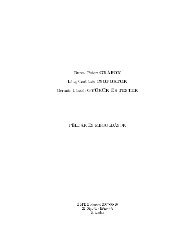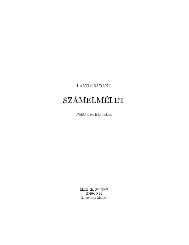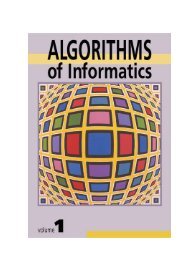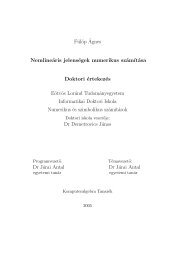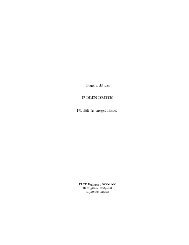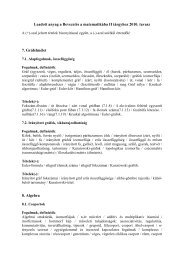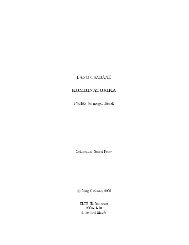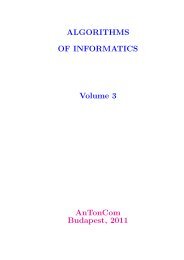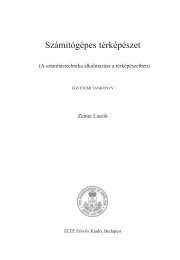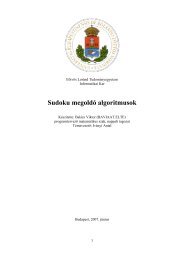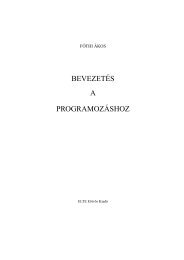On Erd˝os-Gallai and Havel-Hakimi algorithms
On Erd˝os-Gallai and Havel-Hakimi algorithms
On Erd˝os-Gallai and Havel-Hakimi algorithms
You also want an ePaper? Increase the reach of your titles
YUMPU automatically turns print PDFs into web optimized ePapers that Google loves.
<strong>On</strong> Erdős-<strong>Gallai</strong> <strong>and</strong> <strong>Havel</strong>-<strong>Hakimi</strong> <strong>algorithms</strong> 5<br />
Although this theorem does not solve the problem of reconstruction of graphical<br />
sequences, the systematic application of (2) requires in worst case (for<br />
example when the input sequence is graphical) Θ(n 2 ) time.<br />
Recently Tripathi <strong>and</strong> Vijay [85] published a constructive proof of Erdős-<br />
<strong>Gallai</strong> theorem <strong>and</strong> proved that their construction requires O(n 3 ) time.<br />
Figure 1 shows the number of n-regular (R(n) <strong>and</strong> n-even (E(n) sequences<br />
<strong>and</strong> their ratio (E(n)/R(n) for n = 1, . . . , 38. According to (36) the sequence<br />
of these ratios tends to 1<br />
2 as n tends to ∞. According to Figure 1 the convergence<br />
is quick: e.g. E(20)/R(20) = 0.5000006701511.<br />
The pseudocode of Erdős-<strong>Gallai</strong> see in [37].<br />
3 Testing <strong>algorithms</strong><br />
We are interested in the investigation of football sequences, where often appears<br />
the necessity of the testing of degree sequences of simple graphs.<br />
A possible way to decrease the expected testing time is to use quick (linear)<br />
filtering <strong>algorithms</strong> which can state with a high probability, that the given<br />
input is not graphical, <strong>and</strong> so we need the slow precise <strong>algorithms</strong> only in the<br />
remaining cases.<br />
Now we describe a parity checking, then a binomial, <strong>and</strong> finally a headsplitting<br />
filtering algorithm.<br />
3.1 Parity test<br />
Our first test is based on the first necessary condition of Erdős-<strong>Gallai</strong> theorem.<br />
This test is very effective, since according to Figure 1 <strong>and</strong> Corollary 13 about<br />
the half of the regular sequences is odd, <strong>and</strong> our test establishes in linear time,<br />
that these sequences are not graphical.<br />
The following simple algorithm is based on (1).<br />
Input. n: number of the vertices (n ≥ 1);<br />
b = (b1, . . . , bn): an n-regular sequence.<br />
Output. L: logical variable (L = False shows, that b is not graphical, while<br />
the meaning of the value L = True is, that the test could not decide, whether<br />
b is graphical or not).<br />
Working variable. i: cycle variable;<br />
H = (H1, . . . , Hn): Hi is the sum of the first i elements of b.<br />
Parity-Test(n, b, L)<br />
01 H1 = b1



